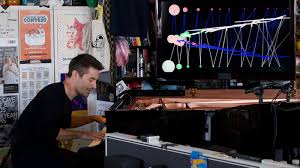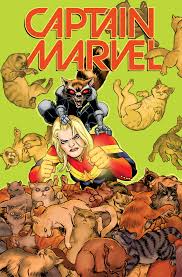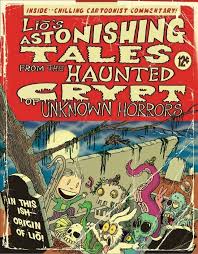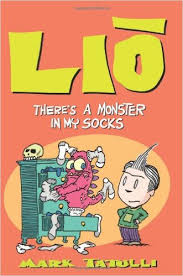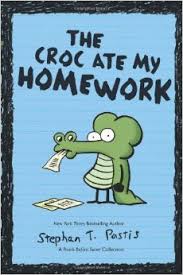 SOUNDTRACK: JOYCE DiDONATO-Tiny Desk Concert #933 (January 15, 2020).
SOUNDTRACK: JOYCE DiDONATO-Tiny Desk Concert #933 (January 15, 2020).
 I was sure that Joyce DiDonato had performed a Tiny Desk Concert before, but I actually knew her from a gorgeous NPR Field Recording from 2015.
I was sure that Joyce DiDonato had performed a Tiny Desk Concert before, but I actually knew her from a gorgeous NPR Field Recording from 2015.
the last time we filmed the down-to-earth diva, she insisted on singing an opera aria at the Stonewall Inn, the iconic gay tavern in Greenwich Village.
DiDonato is an opera singer and her voice is amazing–she can soar and growl and everything in between. But this Tiny Desk is not what you’d expect. For although DiDonato sings in her beautiful operatic voice, the music the band is playing is anything but.
When opera star Joyce DiDonato told us she wanted to sing centuries-old Italian love songs at the Tiny Desk we weren’t surprised. But when she said she was bringing a jazz band to back her up, we did a double take. But that’s Joyce, always taking risks. On paper, the idea of jazzing up old classical songs seems iffy. At the least it could come across as mannered and at worst, an anachronistic muddle. But DiDonato somehow makes it all sound indispensable, with her blend of rigor, wit and a sense of spontaneity.
The first song is by Alessandro Parisotti. “Se tu m’ami” sets the stage for what this show is going to be like. Gorgeous jazz with DiDonato’s impressive voice.
The musical formula for these unorthodox arrangements makes room for typical jazz solos while DiDonato molds her phrases to the flexible rhythms and inserts old-school trills and flamboyant roulades.
A cool trumpet solo from Charlie Porter takes a cool trumpet solo while DiDonato admires his skill.
After three minutes they segue seamlessly into Salvator Rosa’s “Star vicino.” This one features a piano solo from Craig Terry which he begins with a line from “Twinkle Twinkle Little Star.” The song also features a muted trumpet solo with a few drum breaks for Jason Haaheim
My favorite moment in the set comes just before 6 minutes where she sings a beautiful lilting melody and then hits a growly note that I was sure was the trumpet until Porter played the same note on his muted trumpet. It was very cool and kind funny. Especially when she says
there’s no soprano in the world who could get away with that
Less than a minute later she runs through her enormous vocal range from low to very high to soaring. It’s amazing.
She says that in the classical world, the standard is perfection–rarely achieved. Young singers try so hard to get it perfect that they lose the “grease” as the jazz players say. So this project was designed to put the swing back in these old love songs.
The third song she says is by anonymous, but it is credited to Giuseppe Torelli. “Tu lo sai” is a love song that says, “you have no idea how much I love you. No matter how much you scorn me, I still love you,” She says they giving this the Chet Baker treatment. I’m not exactly sure what that means, but there is some wonderful trumpet work in this song.
It has a slow opening with piano and voice. The other instruments slowly come in and there is a wonderful moment during Porter’s trumpet solo where she picks up the note from him and runs with it.
Bassist Chuck Israels (who has played with everyone from Billie Holiday to the Kronos Quartet) never solos but he keeps the whole enterprise running perfectly.
For the final song Francesco Conti’s “Quella fiamma” they bring out Antoine Plante on the bandoneon. She says, “Yea we’re going to South America in a minute.”
Porter uses a different kind of mute which creates a unique sound. Then the bandoneon comes in and the South American flair is complete. There’s an incredible moment at the end of the song where Joyce just trills away–showcasing so much of what she can do.
As the blurb says, despite how great the band is
the star of the show is the continually amazing DiDonato, whose voice is certainly one of the great wonders of her generation. The flexibility of the instrument, the colors she conjures and her fine-tuned dynamic range are a few of the reasons she’s still at the peak of her powers. She looks and sounds like she’s having the time of her life.
I see that she sings in Princeton pretty often. Next time she;s in town I will make sure to check her out.
[READ: December 20, 2019] The Raven’s Children
This story was fascinating in the way it started as a very real story, suddenly added magical realism and then turned into an utterly fantastical story. And yet it all works perfectly well as an allegory of the oppressive regime under Stalin.
Not bad for a book with talking animals.
This book was translated by Ruth Ahmedzai Kemp and she brings this story to life.
Shura is a young boy living in Leningrad. He lives with his mama and papa as well as his older sister and a little brother. They live in an apartment building and he and his sister are lucky enough to have a room to themselves. The amusing set up is that they have to walk through a wardrobe that their father set up to separate the rooms (he removed the back but you can’t tell from the front). This weird construction actually saves them later in the story.
Shura’s friend is named Valya. His parents don’t want him hanging out with Valya, but they like to do the same things, so he disobeys. Today they are putting pennies on a railroad track. They had been doing this for long enough that they can tell how heavy a train is by the way the resulting items come out.
On this occasion the train that went by seemed to be full of people. People crammed into each car. As it sailed past, a piece of paper sailed out. Valya grabbed it. Neither of the boys could read very well but they could see some numbers on it. Shura was sure that the paper was important and he desperately wanted it. But he didn’t know how to get it from Valya without making him want it more.
They walked home and by the time they got to Shura’s place, they were physically fighting. Shura manged to snatch the paper and Valya threw a rock at him. The rock smashed a window of an older lady’s apartment in their building. Shura knew he was in trouble for the window. But it was Valya’s fault. Of course, he wasn’t supposed to be playing with Valya. (more…)




